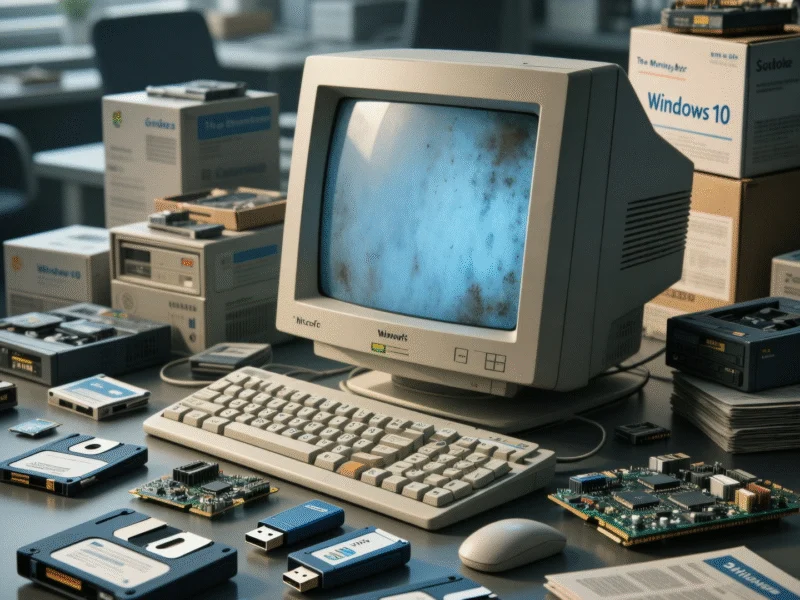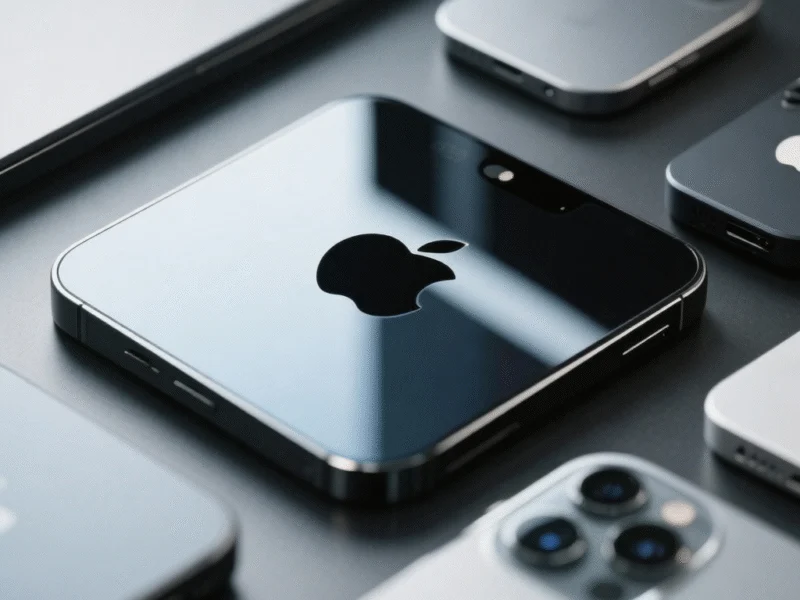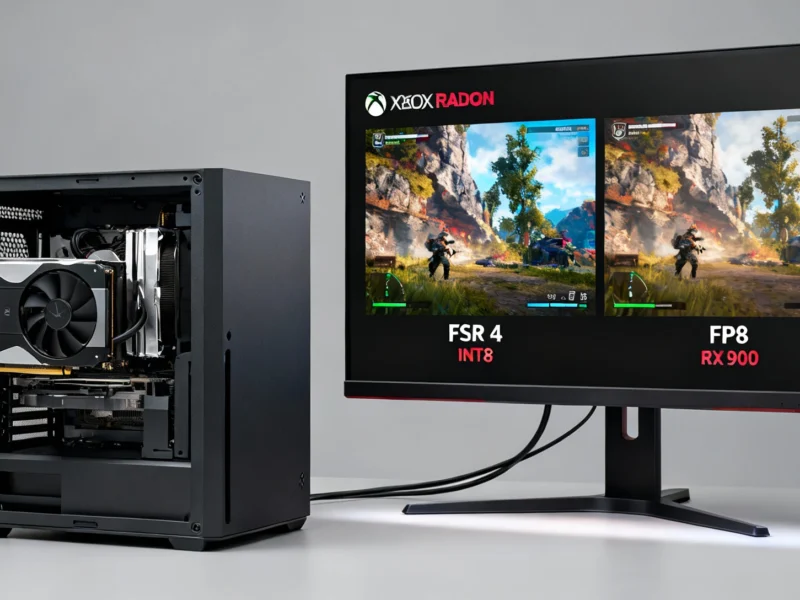Microsoft has officially declared the end of Windows 10 support after more than a decade of service, marking a significant milestone in the operating system’s lifecycle. While existing installations will continue to function, the cessation of security updates and software patches creates potential vulnerabilities for users who remain on the platform. This development from Microsoft represents a critical juncture for millions of devices worldwide and necessitates immediate attention from both individual users and enterprise clients.
Windows 10 Support Termination Details
The official end of support for Windows 10 means no further security patches, bug fixes, or technical assistance will be provided through standard channels. According to industry experts, this creates significant security concerns for organizations and individuals who continue running the outdated software. The termination follows Microsoft’s standard product lifecycle policy, which typically provides ten years of support for major Windows releases.
Users have several pathways forward:
- Free upgrade to Windows 11 for compatible devices
- Extended Security Update program providing additional protection
- Hardware replacement for incompatible systems
Extended Security Update Program Options
Microsoft is offering an Extended Security Update (ESU) program that provides critical security patches for an additional year at no direct cost. However, participants must enroll in Microsoft’s cloud services, creating what industry experts note is essentially a service-based relationship rather than a traditional software license. This approach aligns with Microsoft’s broader shift toward subscription-based services and cloud integration.
The ESU program represents a temporary solution while organizations plan their migration strategies. According to recent analysis, enterprise migration cycles typically require 12-18 months for complete operating system transitions, making this extension crucial for business continuity.
Windows 11 Upgrade Requirements and Considerations
The free upgrade path to Windows 11 remains available for compatible hardware, though Microsoft’s stricter system requirements exclude many older devices. The transition involves significant interface changes and feature enhancements that may require user adaptation. Our comprehensive upgrade guide details the hardware compatibility checklist and installation process to ensure a smooth transition.
For those considering new hardware, the current market offers numerous options optimized for Windows 11. The timing coincides with what data from technology analysts suggests is an ideal refresh cycle for devices purchased during the initial Windows 10 rollout period.
Regulatory Environment and Consumer Impact
This operating system transition occurs against a backdrop of changing regulatory landscapes. The FCC has recently outlined plans that would again allow ISPs to charge hidden fees, potentially increasing the cost of connectivity for users upgrading their systems or relying on cloud-based solutions. This regulatory shift could indirectly affect the total cost of ownership for Windows 11 deployments, particularly for home users and small businesses.
Industry Context and Related Developments
Microsoft’s Windows 10 phase-out coincides with several significant industry developments. Apple continues refining its product ecosystem, recently dropping the “+” from its Apple TV+ service name. As detailed in the Apple TV documentation, this branding simplification addresses consumer confusion between the streaming service and hardware device.
Meanwhile, Apple’s reported plans to launch updated devices featuring its new A5 chip mirror the competitive pressures in the computing landscape. These parallel developments highlight the accelerated innovation cycles affecting both operating systems and hardware platforms across the technology sector.
Implementation Timeline and Action Plan
Users should immediately assess their Windows 10 devices and develop migration strategies. The optimal approach depends on several factors:
- Hardware compatibility with Windows 11 requirements
- Security requirements for your use case
- Budget constraints for potential hardware upgrades
- Training needs for new interface elements
Enterprise administrators should prioritize critical systems for initial migration while leveraging the Extended Security Update program for legacy equipment. Individual users can utilize Microsoft’s PC Health Check app to determine upgrade eligibility immediately.
For additional coverage of technology transitions and their business implications, explore our related analysis across our network of industry publications. The Windows 10 support conclusion represents both a challenge and opportunity for users to modernize their computing environments with enhanced security and productivity features.



